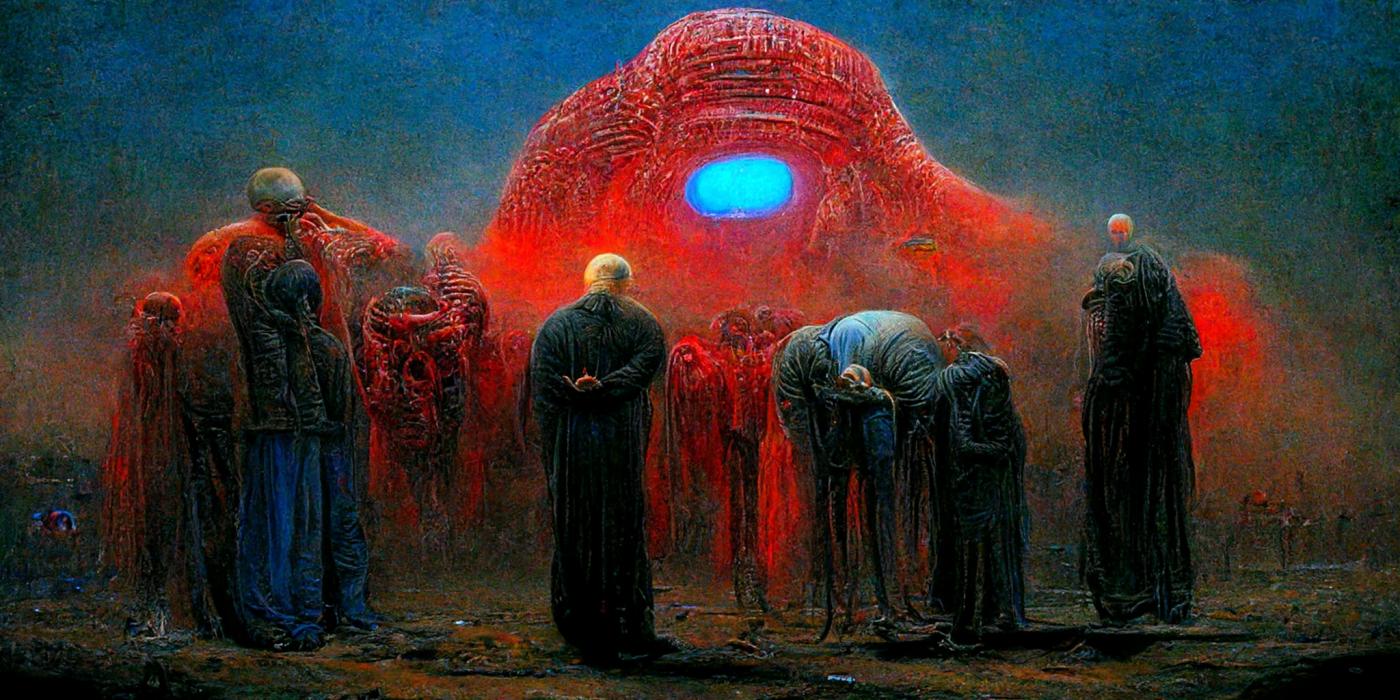Artificial Intelligence in The Art World, Pt.II
WELCOME BACK
WHAT IS AI ART?
AI art is artwork of any genre, mostly images, that is created through the use of artificial intelligence programs, such as text-to-image models, and can use a variety of forms. Typically, AI art involves using algorithms and machine-learning techniques to generate a visual art piece and also can generate music and other forms of art and creative expression.
When creating AI artwork, you essentially have to have an idea of how algorithms work, have a good amount of knowledge of art and art history - you should really know artists, genres, styles, and movements, to really get the AI art generator to understand the prompts given (IMHO).
AI art is a rule-based generation of images using mathematical patterns and algorithms which are supposed to simulate a paint brush and its brush strokes as well as other techniques and effects that you would get from an actual paint brush. Brush strokes are similar to fingerprints, in a way, as an artist has a technique that can be easily identified after years of study and research on a particular artist, so, of course, the AI art generator can really only do so much if you are wanting something similar to a particular artist. The end results can come out distorted...sometimes that actually works out.
Anyway...the algorithms associated with the artificial intelligence also use generative adversarial networks (GANs) and transformers.
Obviously, AI art is the intersection of art and technology that also includes the use of neural networks and neural style transfer that give, "unique," artistic experiences that are meant to imitate human creativity all while pushing the boundaries of what is possible with technology and this new form of, "art."
Still with me?
If you are an artist that practices the use of any form of technology as part of your creative process, then you also may need to realize and accept the fact that AI generators are part of that creative process and practice.
I'm not saying some random Becky on Instagram that is a, "model," decides she wants to create art using an AI art app generator is now an artist because she found another thing to further filter their appearance, because clearly, that's not what I am saying. I'm saying that there is some validation to using AI as a tool for art for artists is valid, to a degree.
19th-century French poet and art critic, Charles Baudelaire, absolutely hated the invention of the camera and called photography, "the most mortal enemy," and a century later, we see some of the most beautiful and captivating images that a highly skilled photographer creates. And now look at where we are, in the 21st-century, using digital editing tools and computer-assisted programs to assist artists and designers that were dismissed by those artists and, "purists," that perfected their craft the traditional way, as that was their only means to do so, and those that are angry about AI now, were those people years ago that these purists didn't like. History repeating itself. It's that vicious cycle.
In an ever-rapidly growing world with steady advances in technology, we have to understand and acknowledge that there are going to be new ways for people to express themselves artistically, and this is one of those ways, whether you like it or not. And you don't have to like it, but remember, the way you create your art now, can easily be picked apart because it's not the original, traditional way.



